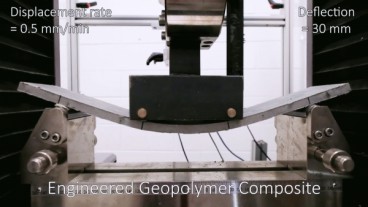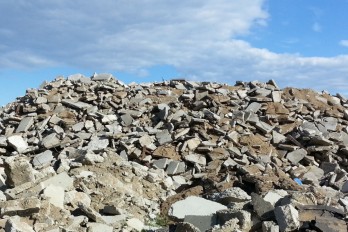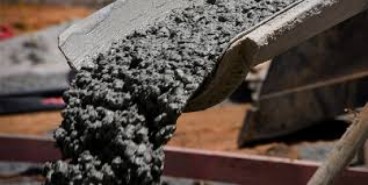Stanford breakthrough advances modeling of heterogeneous materials for sustainable design

Researchers at Stanford University have used a new mathematical approach to describe how heterogeneous materials such as soils, rocks, and composites are spatially structured. The team developed a solution to the Poisson model for heterogeneous materials, a problem that had remained unsolved for decades in statistical physics and materials science.
The new approach allows scientists and engineers to mathematically reconstruct the internal arrangement of mixed materials, like pores, voids, and solid grains, based on measurable statistical data. By extending multi-point correlation functions, the solution can predict how different phases of material are distributed and interact under stress or flow conditions.
According to lead author Alec Shelley, the concept works similarly to solving the game Battleship, where knowing the outcomes of a few “shots” helps infer the shape of an unseen target. In engineering terms, this analogy illustrates how sampling certain microstructural correlations can reconstruct an entire material layout. Such predictive capability is essential for simulating processes in groundwater transport, soil permeability, and structural composite behavior.
The researchers note that this advancement could directly improve groundwater modeling in fractured aquifers, enabling better estimation of flow paths, storage capacity, and contaminant migration through complex geological matrices. The same modeling principles could optimize nuclear waste isolation design, where engineers must predict radionuclide transport through multi-layered rock and clay formations over centuries.
Beyond environmental applications, the framework may also refine materials engineering, allowing civil and structural engineers to optimize concrete microstructure, enhance durability of composite materials, and simulate stress propagation at fine scales. It connects microstructural properties, such as porosity, grain orientation, or heterogeneity, with bulk mechanical or hydraulic behavior, improving simulation accuracy for infrastructure materials and subsurface systems.
Source: Stanford University
Want to read more like this story?

New AI technique to predict the stress-strain response of materials
May, 09, 2021 | NewsScientists from the Massachusetts Institute of Technology (ΜΙΤ) have developed...

3D-printed buildings using soil material
Sep, 24, 2020 | NewsResearchers have developed a new technique to construct a building using a 3-D printer and soil mate...

Revolutionizing Structural Health Monitoring: The Power of Color-Changing Sensor Materials
May, 14, 2024 | NewsTraditional sensor techniques for monitoring structural health are often expensive, complex, and un...

Concrete's Carbon Capture and Structural Longevity with Supercomputing
Oct, 08, 2025 | NewsResearchers at the University of Southern California have achieved a major milestone in material sc...

Scientists produce high bending capacity concrete using no cement
Mar, 11, 2020 | NewsScientists from Swinburne University in Melbourne, Australia, have created a new concrete material t...

MIT engineers create energy-storing cement mixture
Jul, 31, 2023 | NewsA paper was published on the last day of July, by a team of MIT researchers, regarding the creation...

New method to transform construction waste into useful materials
Dec, 07, 2018 | NewsA group of German researchers has found a way to manipulate construction waste by turning them into...

What about recycled concrete?
Feb, 01, 2016 | NewsA group of scientists examines the possibility of using materials from demolitions for the construct...
Self-sensing and energy-generating concrete was created by engineers
Apr, 27, 2023 | NewsA new generation of concrete that is self-sensing and capable of generating electricity was recent...
Trending

Characteristics of Load Bearing Masonry Construction

Taipei 101’s impressive tuned mass damper

Morocco Implements Landmark Dam Perforation to Combat Water Stress in Marrakech

Dutch greenhouses have revolutionized modern farming

The Line at Neom faces feasibility reassessment while construction continues

The Line at Neom faces feasibility reassessment while construction continues


